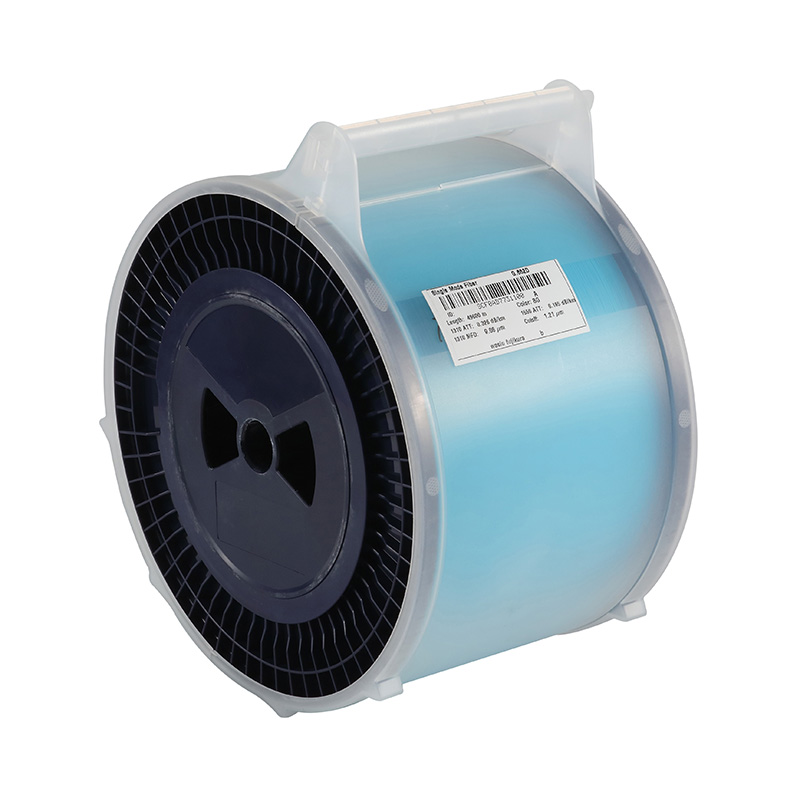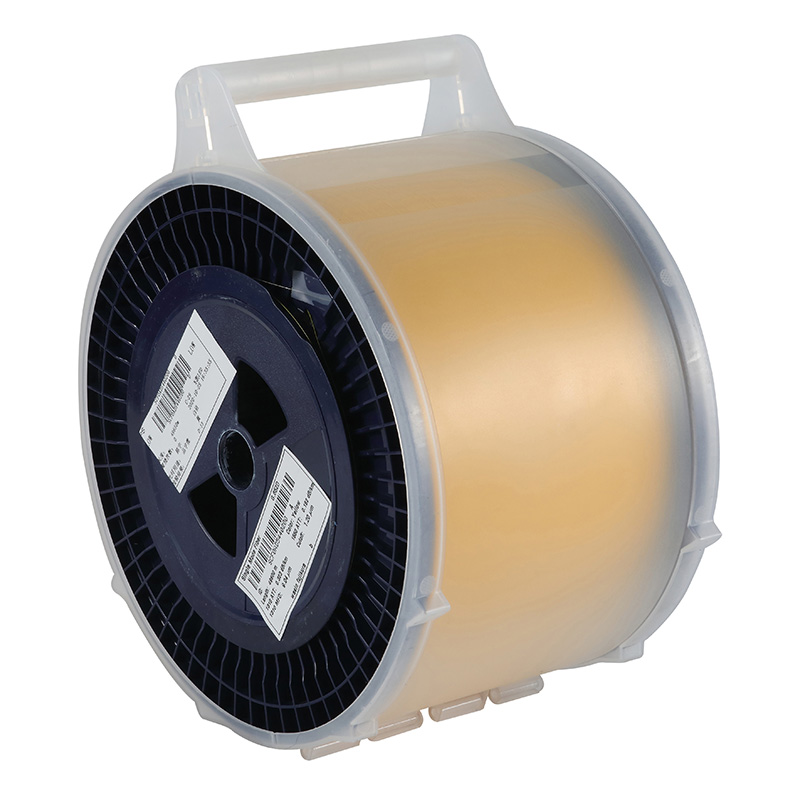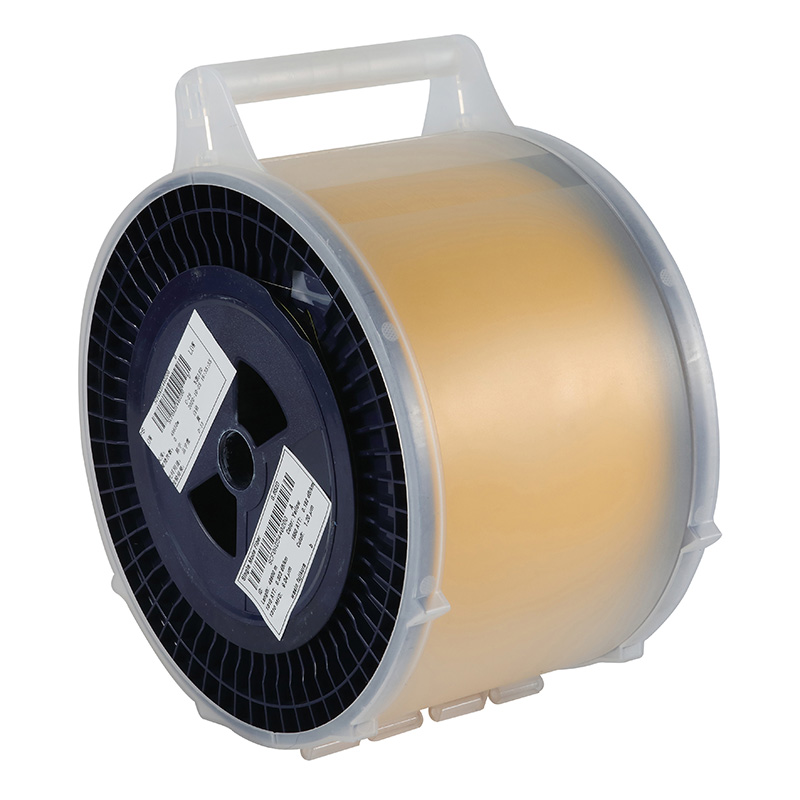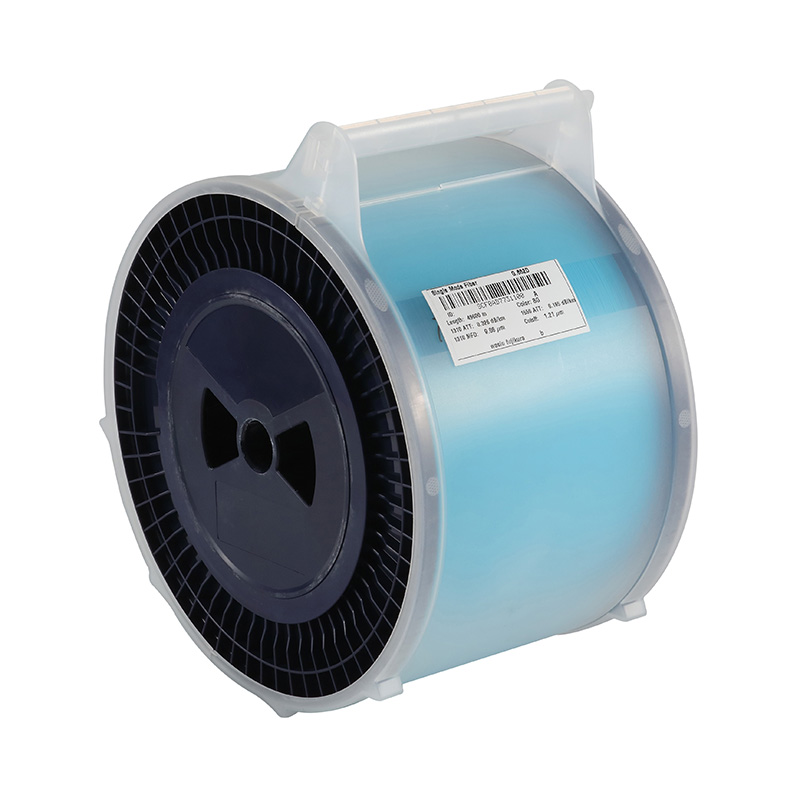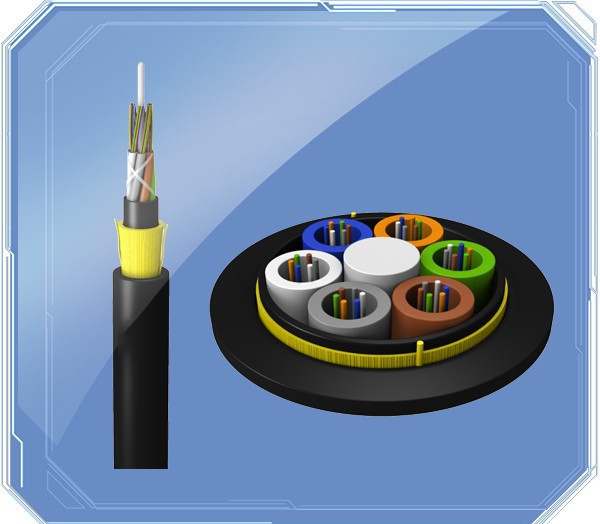Good Quality Slotted Ribbon Cable – Optical Fiber Ribbon – Wasin Fujikura Wasin Fujikura
Good Quality Slotted Ribbon Cable – Optical Fiber Ribbon – Wasin Fujikura Detail:
description
optical fiber ribbon are often used in high fiber count cable, Nanjing Wasin Fujikura optical fiber ribbon become customer the fist selection for min adding attenuation and stability Dimension.
The main difference between optical fiber access network optical cable and trunk optical cable is that the number of optical fibers in access network optical cable is large, usually from dozens to hundreds of cores, and then up to thousands of cores. For optical cables with a large number of cores, two problems are required to be solved. One is that the optical fiber density in the optical cable should be large to limit the volume of the optical cable. The second is to solve the problem of simple optical fiber connection, so as to save the engineering cost. Therefore, the adoption of ribbon optical cable can well solve the above two problems.
Generally, the ribbon optical cable is divided into two structural forms: one is bundle tube type, and the bundle tube ribbon optical cable is divided into central bundle tube type and layer twisted type. The second is the skeleton type. The skeleton ribbon optical cable also has a variety of structural forms of single skeleton and composite skeleton. The two optical cables have their own characteristics and application environments are slightly different.
One common feature of all these ribbon optical cables is that several optical fiber bands are stacked and placed in the bundle tube or skeleton slot, so as to ensure a high density of optical fibers in the optical cable. Ribbon optical cable is widely used in the environment of large core optical fiber ring of urban area network and backbone optical cable of access network, which plays an important role in realizing optical fiber to community (or roadside, building and unit).
performance
| DimensionMaximum | Number of cores | bandwidth (nm) | thickness (nm) | Core distance (nm) | Planeness(nm) | |
| 4 | 1220 | 400 | 280 | 35 | ||
| 6 | 1770 | 400 | 300 | 35 | ||
| 8 | 2300 | 400 | 300 | 35 | ||
| 12 | 3400 | 400 | 300 | 35 | ||
| 24 | 6800 | 400 | 300 | 35 | ||
| Optical | Adding attenuation | |||||
| performance | 1550nm less than 0.05dB/km | |||||
| Other optical performance accord with the nationally standard | ||||||
| Environmental performance | Temperature Dependence | -40 〜+70°C, adding attenuation not more than 0.05dB/ km in 1310nm wavelength and 1550nm wavelength, | ||||
| Dry heat | 85±2 °C , 30days, adding attenuation not more than 0.05dB/km in 1310nm wavelength and 1550nm wavelength. | |||||
| Mechanical | twisting | twist 180°in 50cm long, no damage | ||||
| performance | separation property | Separate fiber ribbon with min 4.4N force, colour fiber no damage, colour mark vivid in 2.5cm length | ||||
Product detail pictures:
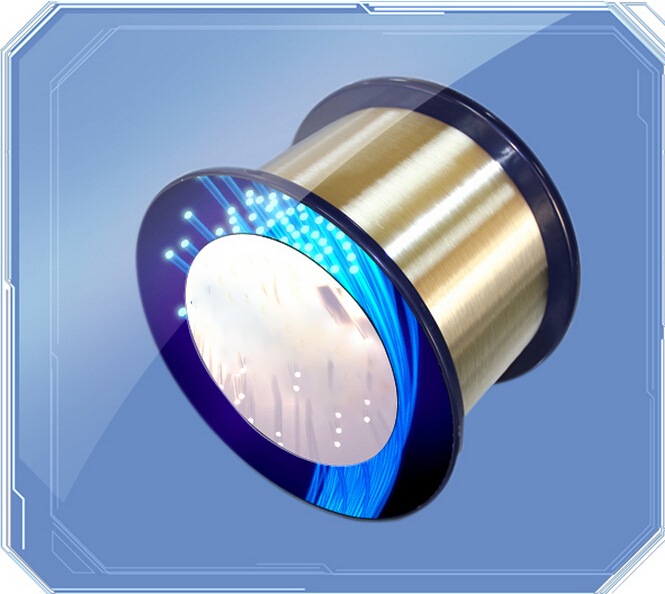
Related Product Guide:
We've numerous great employees customers excellent at promoting, QC, and working with kinds of troublesome difficulty inside the generation method for Good Quality Slotted Ribbon Cable – Optical Fiber Ribbon – Wasin Fujikura , The product will supply to all over the world, such as: Bahrain, Casablanca, Pakistan, Our company absorbs new ideas, strict quality control, a full range of service tracking, and adhere to make high-quality products. Our business aims to "honest and trustworthy, favorable price, customer first", so we won the trust of the majority of customers! If you are interested in our products and services, please do not hesitate to contact us!
The company can keep up with the changes in this industry market, product updates fast and the price is cheap, this is our second cooperation, it's good.

